News Analysis
Standard Chartered, Goldman Sachs, and Nomura have all cut their China GDP growth outlooks as the Chinese economy continues to suffer under the “zero-COVID” policy, a falling real estate market, a debt crisis, and a tech sector in decline.
A drought in southwest China has reduced hydroelectric output, forcing factories in Sichuan and Chongqing to shut down. Sichuan is also a center for lithium mining, which is being impeded by power cuts. Consequently, supply chains are expected to be further disrupted, driving up the price of electric car batteries.
Growth in factory output and retail sales were already weak in July. Hundreds of thousands of hectares of crops have wilted, adding to the country’s food security and inflation woes.
Meanwhile, northwest China and Inner Mongolia face heavy rains and flood warnings. The most recent issues come only weeks after Shanghai reopened from a two-month lockdown, which adversely impacted GDP. In the first half of 2022, the economy only grew by 2.5 percent. This number is well below Beijing’s reduced forecast of 5.5. percent GDP growth.
Retail sales, industrial output, and investment all fell below their forecasts. Overall unemployment stands at 5.5 percent, but youth unemployment now exceeds 19 percent. Bond yields are up and the yuan is down as consumers and investors inside and outside of China lose confidence. Despite the obvious damage to the economy, Beijing continues with its “zero-COVID” policy. The most recent consequences were locking down the resort island of Hainan.
Lockdowns can occur unexpectedly, as they did the week of Aug. 18 when shoppers were stuck in IKEA in Shanghai because of an asymptomatic 6-year-old child who had recently visited the store. The store was closed when this was discovered, with the customers locked inside. They were all forced to endure a two-day quarantine at a government facility. It will be impossible for businesses to continue to earn or to be the drivers of the economy if they are subject to random and repeated shutdowns.
Tencent, one of the country’s flagship companies, has shut down some business units and cut 5 percent of its workforce. The company reported a 3 percent decrease in revenue in the second quarter of 2022 compared to last year. Ad sales, a large component of the company’s income, are down 18 percent. Beijing’s crackdown on gaming has also made it harder for tech companies to stay afloat. Most are finding that they have to downsize in order to survive.
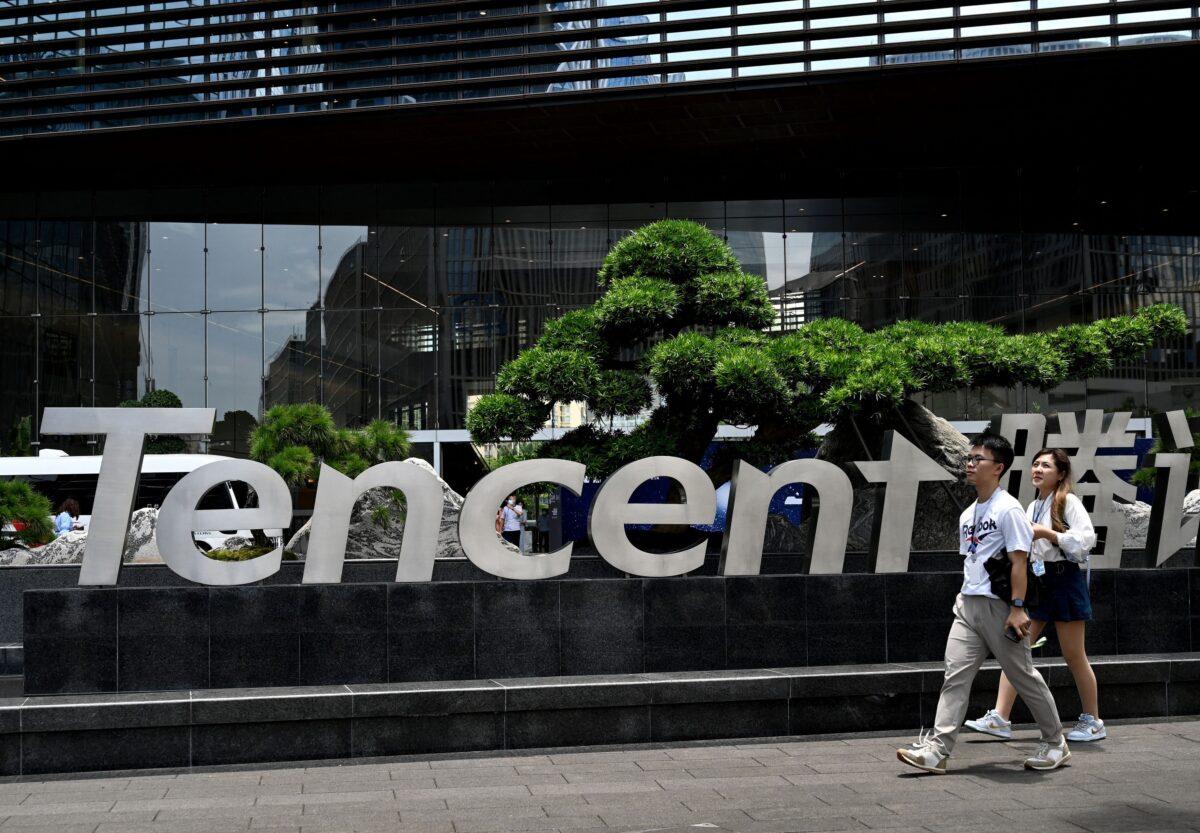
At a time when the rest of the world is facing high inflation, the Chinese central bank has cut interest rates to fuel growth. The lower interest rates should encourage buying and spending, but Chinese citizens are cautious after two and a half years of sporadic lockdowns. Consequently, the rate cut is expected to have little or no economic impact.
Famed economist John Maynard Keynes once said that monetary easing at a time when no one wants to borrow or spend is as effective as pushing on a string. And the proof of Keynes’ sentiment is that despite low interest rates, the property market continues to cool. July housing sales declined 28 percent year-on-year, and prices have been dropping steadily for 11 consecutive months. The housing slowdown is being felt across the entire industrial sector, with monthly steel production at the lowest since 2018.
While most other indicators are down, household savings are up 13 percent. This reaffirms that Chinese citizens are refusing to part with their cash. It is possible that a massive U.S.-style stimulus package, which puts money directly in the hands of the people, would encourage them to spend. But Beijing has repeatedly ruled out such a measure.
Premier Li Keqiang urged local governments to enact pro-growth policies such as spending on infrastructure. To this end, the central government is now allowing local governments to issue $220 billion of bonds. Li reiterated the importance of stimulating domestic consumption and foreign investment. The increased bond issue will add to China’s mounting public debt. Meanwhile, the lower interest rates will make it difficult for China to compete with the United States in the market for foreign investment.
As a result of the July numbers and ongoing COVID policies, Goldman Sachs cut its China GDP growth forecast from 3.3 percent to 3 percent, while Nomura lowered its forecast to 2.8 percent.
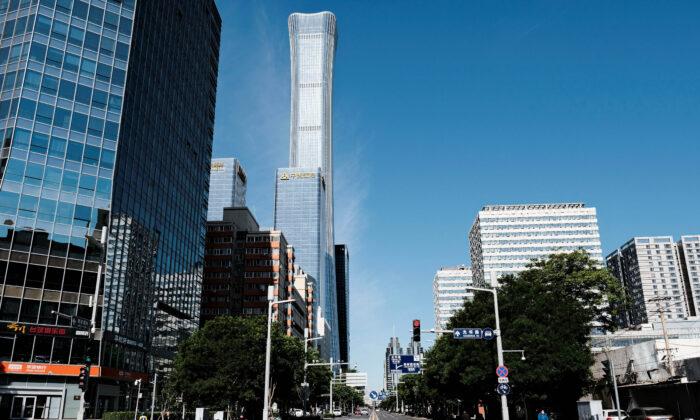

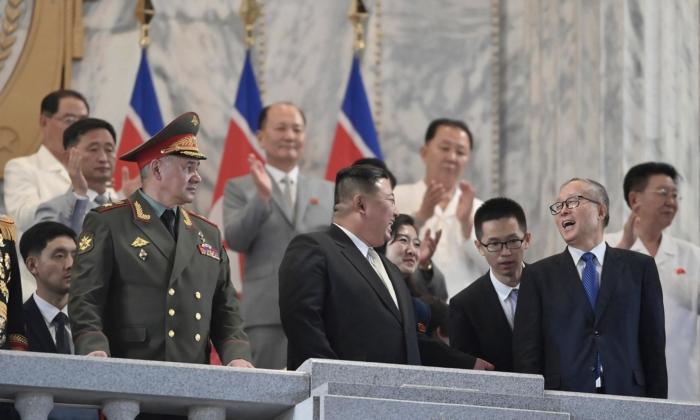
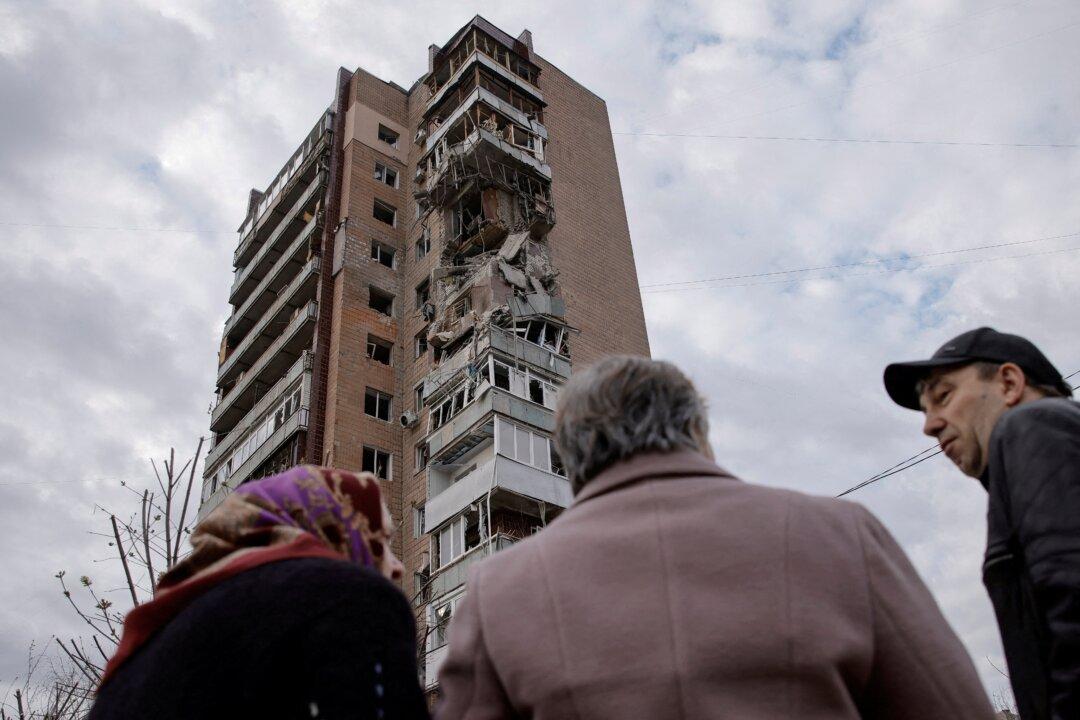

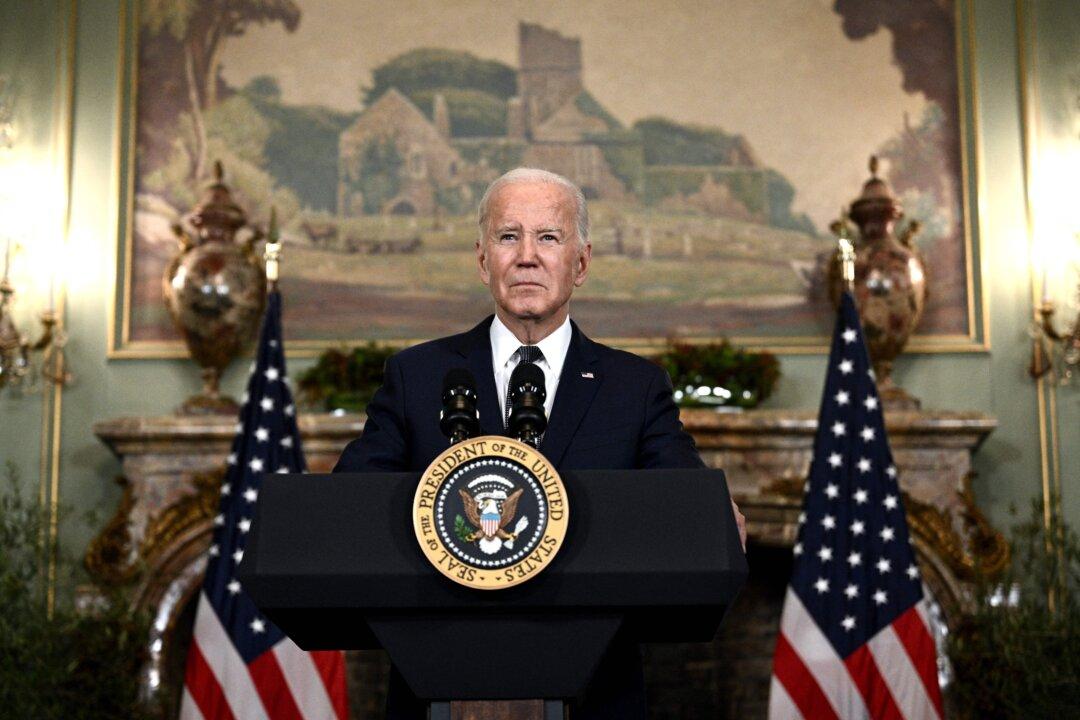
Friends Read Free